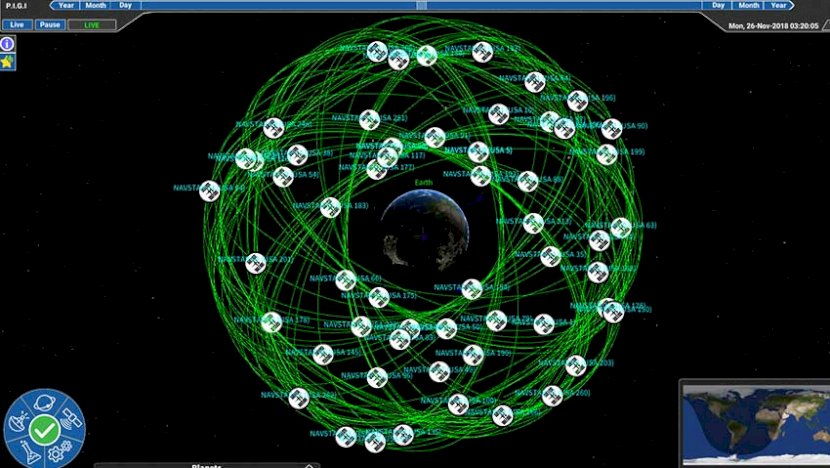A team of researchers from the US Naval Research Laboratory (NRL) will use its background in space system development to support the Space Development Agency (SDA) ensure future satellites have the capability to work together.
The US Naval Research Laboratory's (NRL) work supports the Space Development Agency’s (SDA) two multimillion-dollar contract awards for the development of the first generation of the Transport Layer, representing the first major and highly-visible step towards developing the National Defense Space Architecture’s inaugural tranche, Tranche Zero.
SDA is relying on NRL to build out a hardware-in-the-loop, software-in-the-loop (HIL/SIL) testbed that will be the gold standard for validating the interoperability of multiple satellites via Optical Intersatellite Links (OISL). SDA’s satellites will be developed by two separate vendors and equipped with OISL technology to enable the sending and receiving of wideband data from one space vehicle to another and between space vehicles and ground stations.
SDA director Derek Tournear explained, "The Space Development Agency appreciates the opportunity to collaborate with NRL on this important part of the process to develop the National Defense Space Architecture.
"NRL’s work will enable us to launch Transport satellites with much higher confidence that the components we’ve sourced and the integration we’ve done on the ground will work in space. This will allow us to deliver needed capabilities to the warfighter at greater speed than has been achieved in the past."
HIL/SIL simulation is a technique used in the development and testing of complex, real-time embedded systems and is an effective test platform to validate all vendors’ satellite buses and optical links are interoperable. NRL is doing this on behalf of the government to demonstrate interoperability before launching satellites to avoid discovering compatibility or integration issues post-launch.
NRL program manager Aaron Chilbert added, "Our role is to help ensure the interoperability of these transport satellites so they can meet their mission requirements in a timely manner without any issues of compatibility, latency, or otherwise. It’s all about moving data fast and making sure it gets to the people that need it."
The NRL’s work helps SDA ensure joint warfighters have new, resilient methods of delivering time-critical information they need in diverse global environments.
Mark Johnson, NRL acting superintendent, Spacecraft Engineering Division, expanded on the comments made by Chilbert, adding, "Joint warfighters require space and space systems to meet their needs, with everything from weather, communications at sea, to situational awareness, position, navigation and timing.
"The next generation of space activities where there are large numbers of network, with smaller satellites, is going to be extremely important to the warfighter, and NRL can certainly help in getting it fielded quickly. Providing that technical support from the laboratory to the Space Development Agency will help [SDA] field that technology in an integrated fashion," Johnson added.
TheNRL is a scientific and engineering command dedicated to research that drives innovative advances for the Navy and Marine Corps from the seafloor to space and in the information domain. NRL is located in Washington, DC, with major field sites in Stennis Space Centre, Mississippi; Key West, Florida; and Monterey, California, and employs approximately 2,500 civilian scientists, engineers and support personnel.
The SDA, established on 12 March 2019, is the DoD organisation responsible for creating and sustaining lethal, resilient, threat-driven, and affordable military space capabilities, primarily in low Earth orbit, to provide persistent, resilient, low-latency surveillance to deter or defeat adversaries.
SDA is focused on orchestrating the development and fielding of DoD’s future National Defense Space Architecture using novel approaches to accelerate the military space capabilities necessary to ensure US technological and military advantage in space for national defence.


